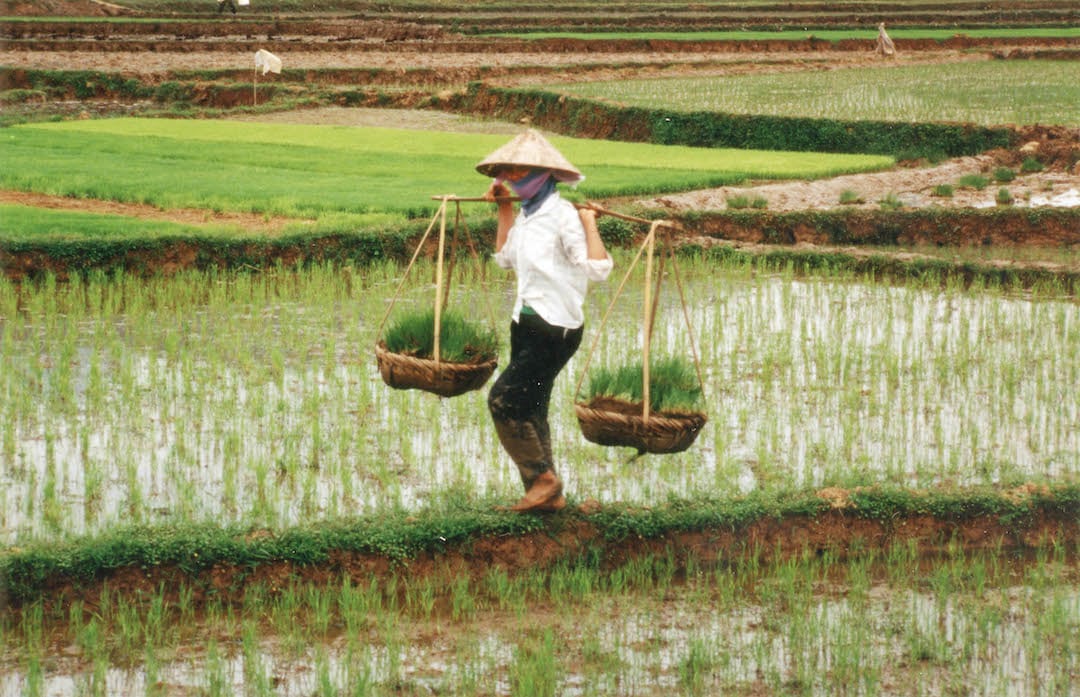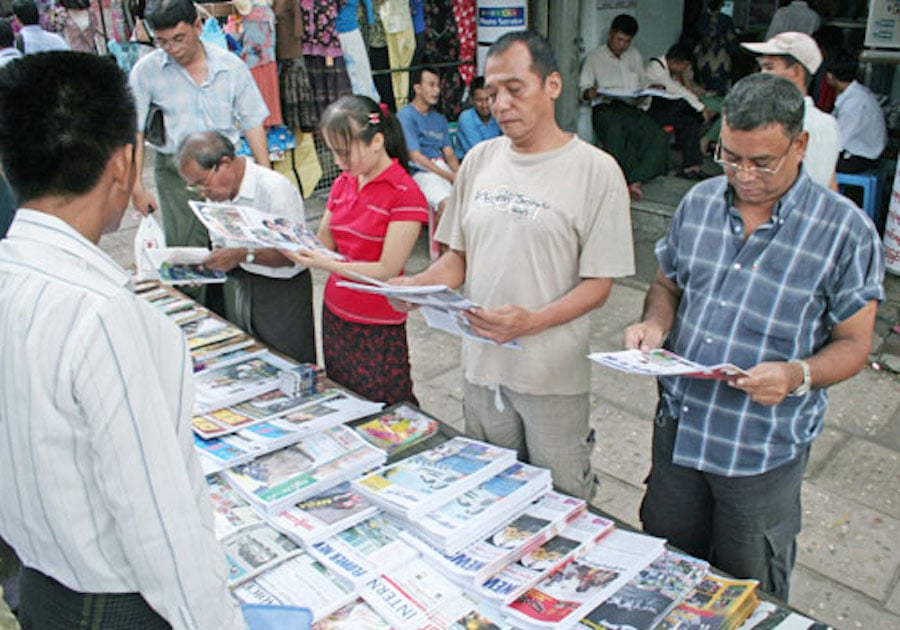What is the biggest challenge in carrying out an environmental impact assessment (EIA) for a project in Việt Nam?
As we all know, an EIA is a scientific process that comes up with some projection of the environmental impacts that a project may cause to its surroundings. But currently, an EIA is expected to come up with assessments on areas that do not belong to its ‘original task’ like social impact assessments (SIA), health impact assessments (HIA) and risk assessments (RA).
Though the work demanded for a good EIA report is large, the capital resources allocated for EIAs in Việt Nam is very limited – between just 1-10 per cent of the average resources it receives in other countries. That’s the key reason why an EIA report in Việt Nam is not as comprehensive and independent as it should be.










